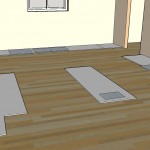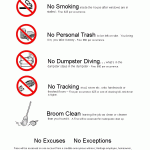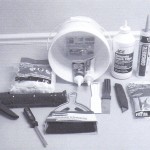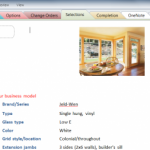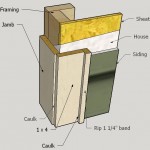Performance Standard: HBR articles 3-7, 11-4, 12-3, 12-10, 14-4 Click icon to view book 
Controlling condensation in a home is a homeowner’s responsibility.
Window glass seal failure within the one year warranty period will be repaired.
Notes
When warm, moist air comes into contact with cooler surfaces, the moisture condenses. Outside we see this as dew; inside you may see it as a layer of moisture on mirrors, windows, glass doors, as well as on basement walls and floors. This condensation comes from high humidity within the home combined with lower outside temperatures (or higher outside temperatures in the case of basement condensation) and inadequate ventilation. Family lifestyle significantly influences two out of three of these conditions.
New Construction –
Some experts have estimated that a typical new home contains upwards of 50 gallons of water. Water is part of lumber, concrete, drywall texture, paint, caulk, and other materials used in building. This moisture evaporates into the air as you live in your home–adding to the moisture generated by normal living activities. Over time, this source of moisture will diminish.
Normal Activities – As you live in your home, your daily lifestyle contributes to the moisture in the air also. Cooking, laundry, baths and showers, aquariums, plants, pets and so on all add water to the air in your home. Likewise, your daily routine can mitigate the amount of moisture in your home and reduce condensation on interior surfaces.
Homeowner Operation and Maintenance
Basements – Most Central New York basements can get quite humid in summer. Our relatively low soil temperatures chill foundation walls and floors, cooling the air. This raises the relative humidity of basements well into summer when the ground temperatures warm slightly.
To control basement humidity close the door leading from the house to the basement and close the basement windows. Basement humidity should be controlled with an appropriately sized dehumidifier. Experts vary on a target range for basement relative humidity of between 50% and 60%.
Opening basement registers or vents when running the air conditioning will also help reduce the relative humidity of your basement. The cooler air does not hold as much moisture as warm air. Therefore there is less moisture to condense on walls floors and water pipes.
Thermostat – Avoid setting your thermostat at extreme temperatures. Heating your home will cause the materials to dry out faster, generating more moisture into the air; drying the materials out too fast also increases shrinkage cracks and separations.
Ventilation – Develop the habit of using exhaust fans in bathrooms and over the stove. When weather conditions permit, open windows so fresh air can circulate through your home. Keep the dryer exhaust vent pipe clean and securely connected.
Water pipes – Prolonged running of cold water for lawns, landscaping or pools may cause sweating on the cold water pipes in your basement. Insulate the water lines with foam pipe insulation available from hardware stores or home centers.
Windows – Your windows contain insulated (double pane) glass. From time to time, the sealants used to insulate the glass may fail allowing condensation to appear between the two panes of glass. This is called “seal failure.” Each window manufacturer has its own warranty regarding seal failure. The length of warranty can vary from five to 20 years. In most cases, the manufacturer will provide replacement glass. If after one year, you have a window seal failure, contact the Window Manufacturer directly. See: Windows for links to manufacturer’s warranty.
BUILDER Limited Warranty Guidelines
BUILDER can not control the humidity in your home; therefore, issues related to condensation are not covered by the limited warranty.
BUILDER will replace window glass damaged by seal failure within the warranty period.

